McElroy Ranch: Conserving a Way of Life
Landowner: Chris Sammons
Partner land trust: Colorado Headwaters Land Trust
Location: Kremmling
Topics: Settling a family estate and continuing an agricultural tradition
As Chris Sammons (née McElroy) will tell you, portions of the McElroy Ranch in the Kremmling Valley have only had two owners: the state of Colorado through the original land grant and the McElroys. Chris’s great-grandfather settled in the area and started a ranching operation more than 120 years ago, and she, her husband and their son are still running it today.
Chris’s longevity on the ranch is a testament to what the land means to her, as neighboring ranches have been disappearing for decades. “We’ve watched the millionaires come in and buy up all family ranches, and now the billionaires are coming to buy out the millionaires. We’re one of the few family ranches that remains,” Chris said.
The McElroy history will remain with the property perpetually because Chris and her siblings put the land into a conservation easement almost 10 years ago. The easement, which they completed in partnership with The Conservation Fund and Colorado Headwaters Land Trust, includes protection of the agricultural nature of the land, scenic open space and wildlife habitats.
It also comes with significant water rights as the McElroy family has some of the oldest claims to the Colorado River in the area, and the family wanted access to the water to stay tied to the land.
An unexpected plan
“We didn’t think about a conservation easement as a tool until my dad unexpectedly passed away.”
While the McElroy conservation easement offers a clear long-term plan for protecting the land, it wasn’t something the family had explored until fate forced their hands. “We didn’t think about a conservation easement as a tool until my dad unexpectedly passed away,” Chris said. “There were four kids but no plan on what to do. We turned to the land trust and a conservation easement to help us settle the family’s estate. All of us came to it for different reasons, and it satisfied all our interests. The easement was the perfect tool to help us get started on conserving the family legacy.”
One of the driving forces for Chris to pursue the easement was the desire to protect a way of life. Chris and her husband worked alongside her dad, running a more-than 100-head, year-round cattle ranch. As the only sibling who had pursued the ranching business, Chris wanted to ensure that the land’s agricultural nature was front and center of the easement. She and her husband love the work; at the time of writing the easement, they already knew their eight-year-old son would want to continue the family tradition, so they were focused on protecting the work for him as well. The easement offered the family a way to retain ownership of the cattle ranch while simultaneously protecting their ranching operation.
“One huge motivating factor for me was to think about how to hold the land together and keep it from being developed,” Chris said. “I wanted the language of the easement to require agricultural production. I knew this easement would be good for this generation, but we asked, ‘How will it help the next generation? What will they be able to do?’ And I’m happy that going forward, it’s now as valuable as it was for its original purpose.”
Another motivating factor was the chance to protect the upper Colorado River water, the source of the region’s significant and diverse ecology. “If we can keep the water in the basin of origin and flowing downstream, we can keep the habitat sustainable. The only reason habitat exists here is because water exists,” said Chris.
“If we can keep the water in the basin of origin and flowing downstream, we can keep the habitat sustainable. The only reason habitat exists here is because water exists.”
For Chris’s siblings, the conservation easement’s value was simple: It offered them immediate capital. Everyone got what they needed from the transaction, including the ability to tie the family history to the property forever. Additionally, Chris emphasized that the process was much more collaborative and flexible than she had anticipated: As the grantor, she was able to ensure that the easement didn’t place restrictions on her family’s ability to retain the historic ranching use of the land.
A community of supporters
One thing that surprised Chris about the conservation easement process was finding so many supporters. Throughout the multi-year process of creating and securing the easement, she found an extensive network of people who shared her goals and desire to protect her way of life. Some of those supporters were in her own backyard, as she put it. She frequently discovered that when community members approached to thank her for conserving a part of their community.
“I’ve never met another person who didn’t share my goals. Nobody would rather see condos and a Wal-Mart here than wildlife and family ranches,” she said. “It has inspired me to be more of an advocate for bringing people together for the conservation goals we share.”
At the moment, the property is on the market. Chris’s siblings are ready to sell, and the listing includes the original easement and a five-year lease that will allow Chris and her family to continue working the land. She hopes to maintain a McElroy family member on the ranch running the agricultural production for good. “We get to protect it exactly as it was when my great-grandfather took it over, and that’s important to me,” she said.
“Nobody would rather see condos and a Wal-Mart here
than wildlife and family ranches.”
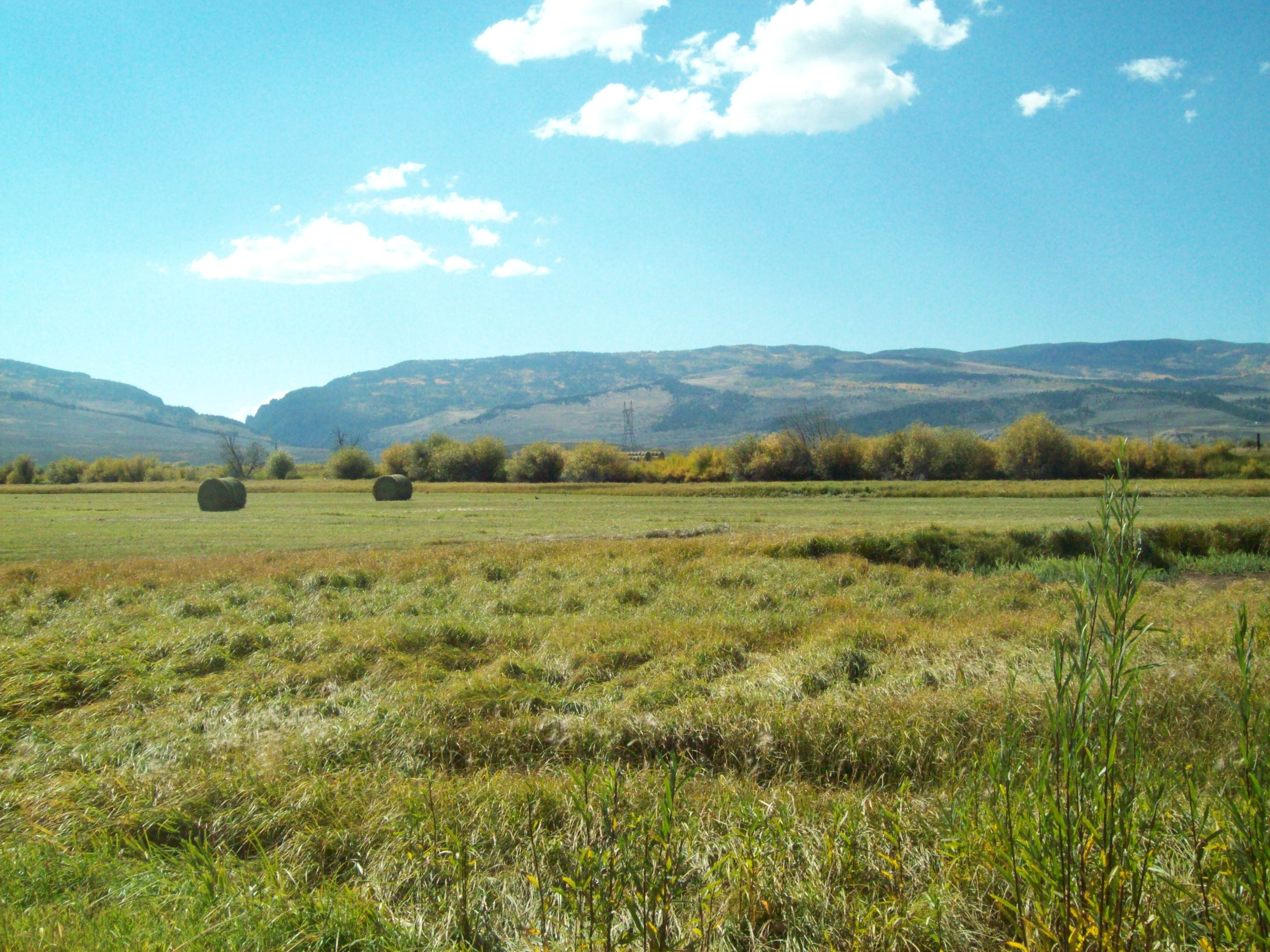
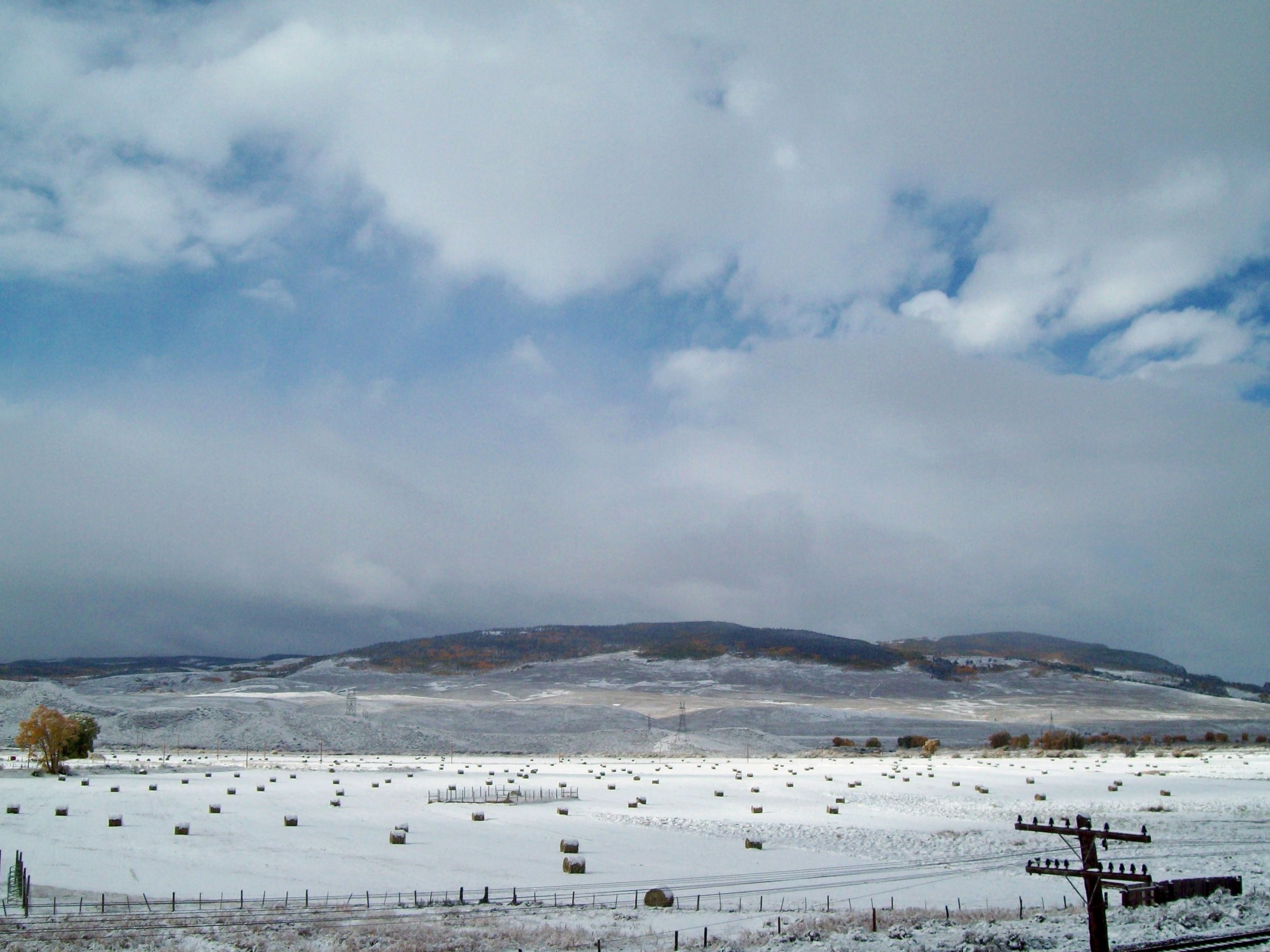
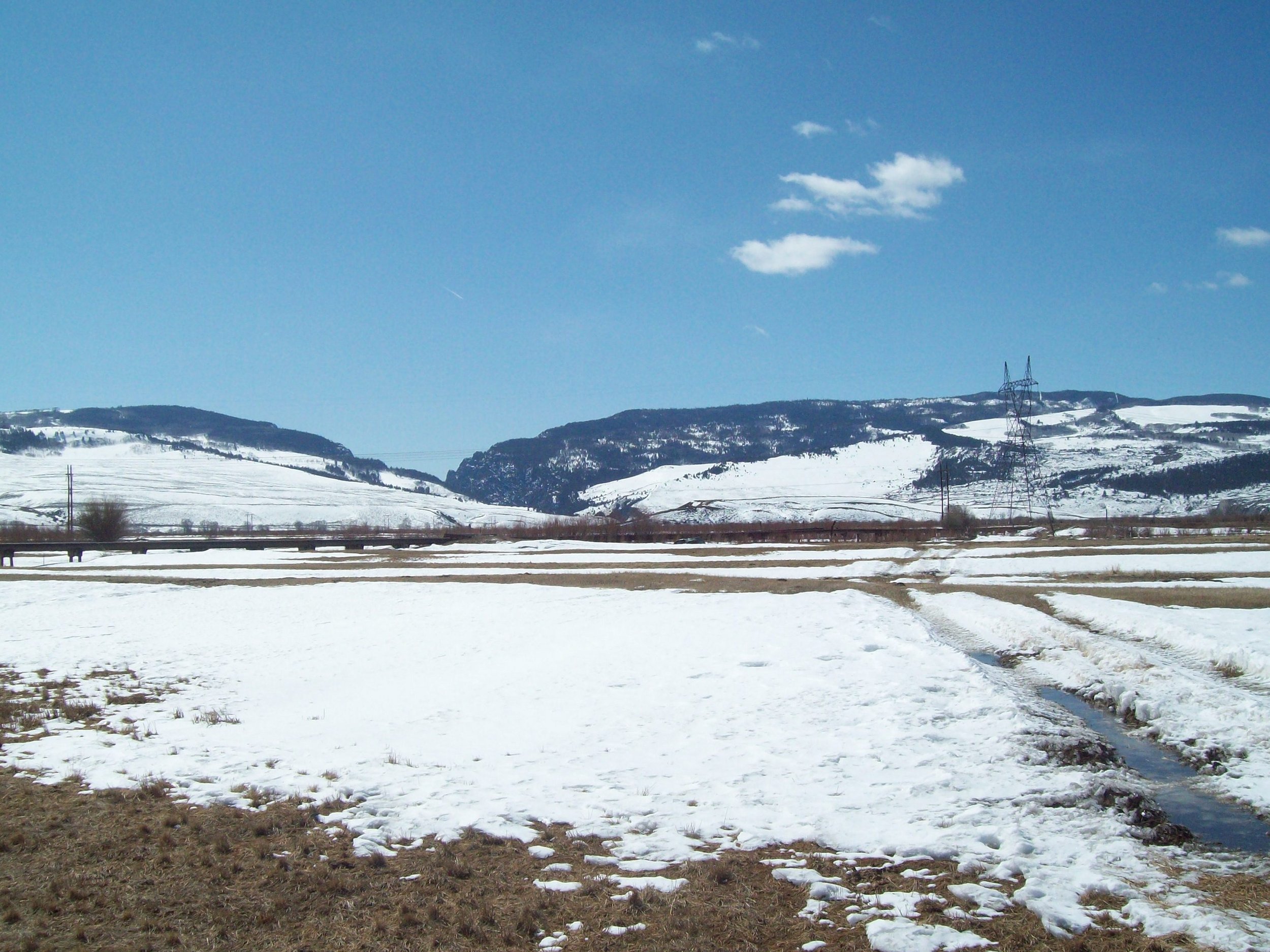
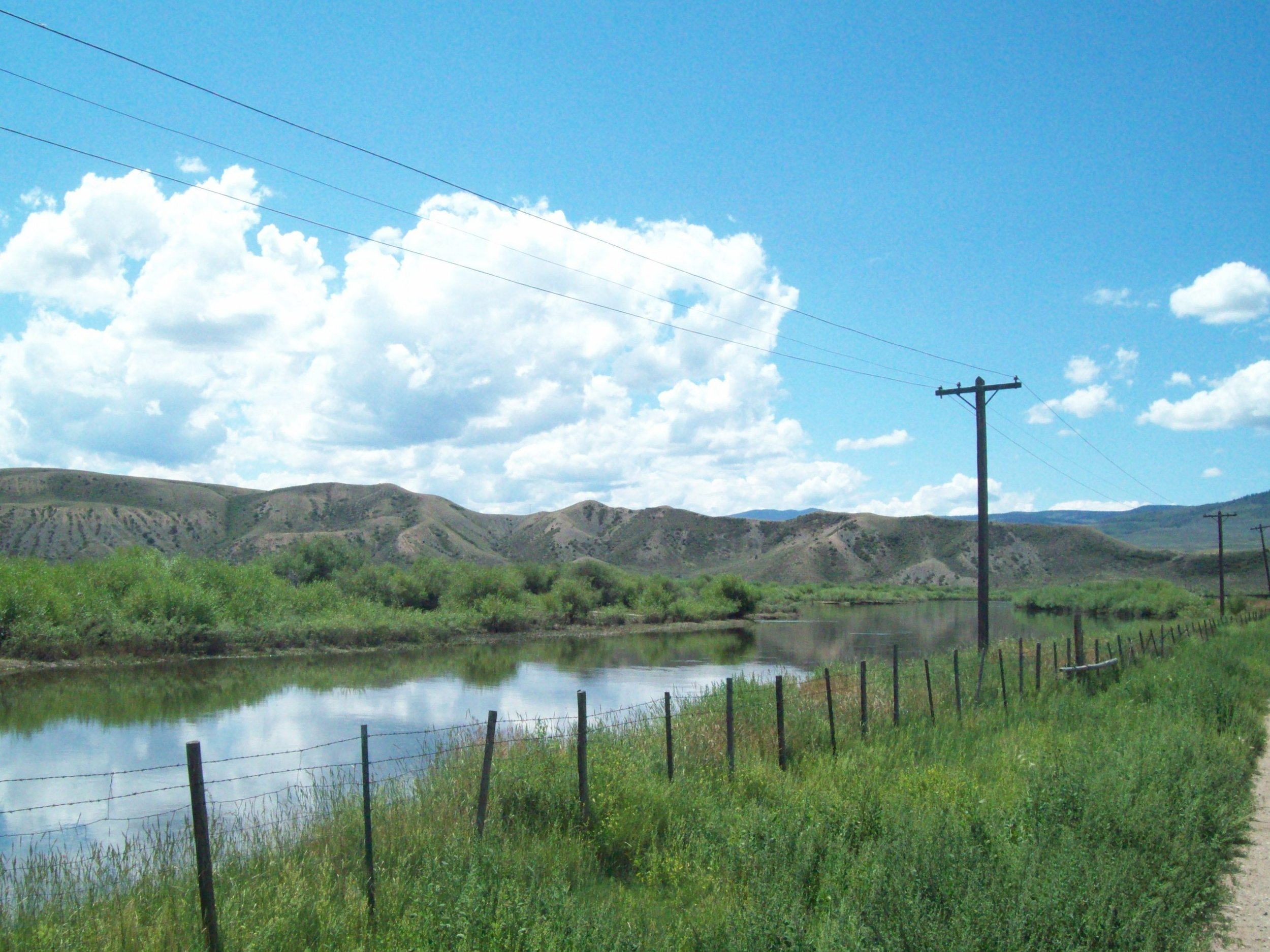
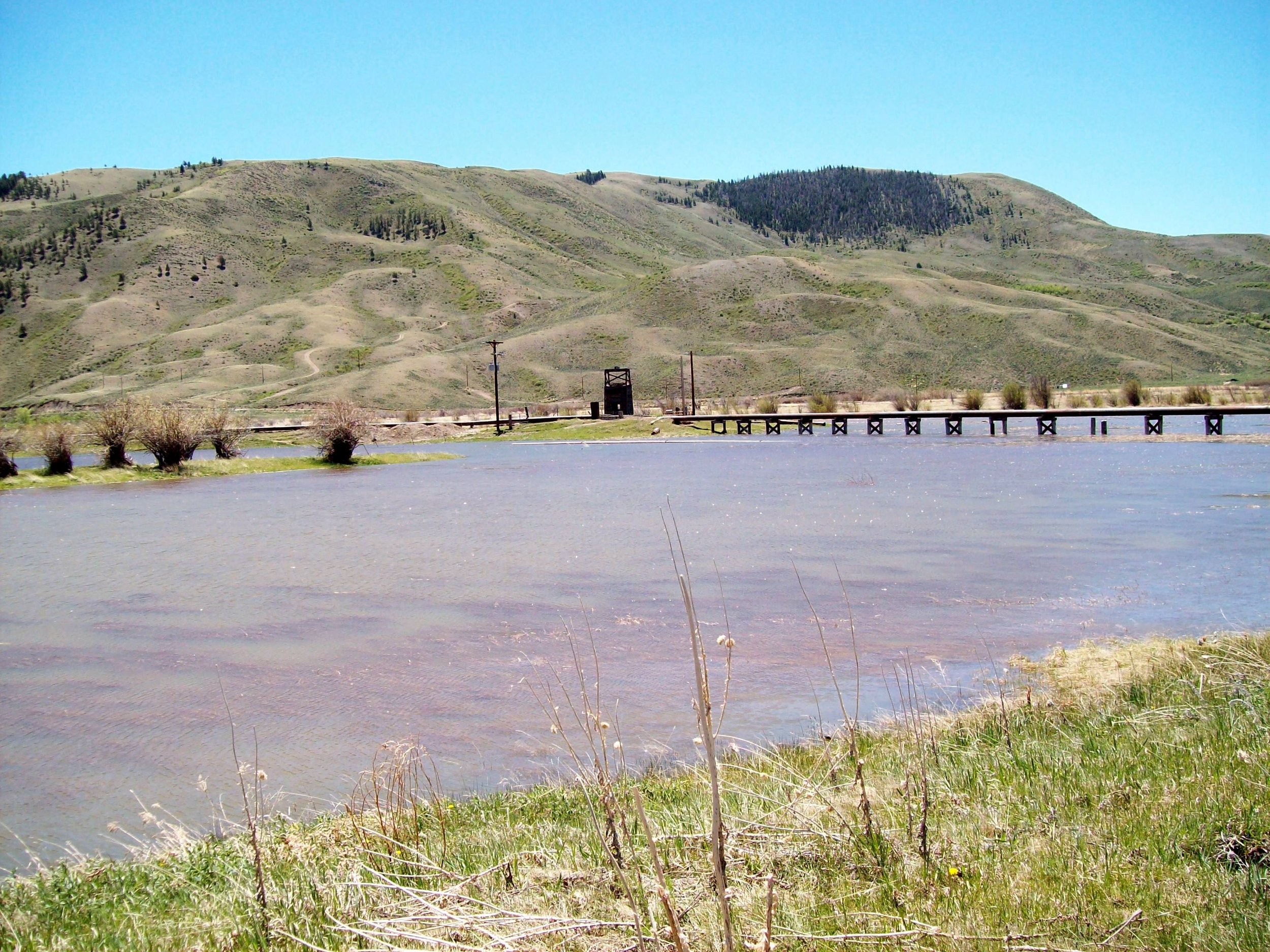
Produced in partnership:














